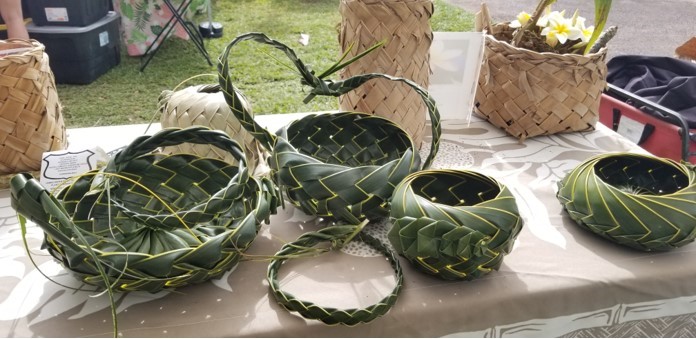Would-be weavers spilled out of the shade under an open-sided tent at the Arbor Day event at Maui Nui Botanical…
Read More
coconut rhinoceros beetle
Detection of Coconut Rhinoceros Beetle on Maui Highlights Importance of Community Involvement in Pest Prevention
The Coordinating Group on Alien Pest Species (CGAPS), program staff from the Hawaiʻi Invasive Species Council (HISC), and the five…
Read More
CRB spells trouble for Hawaii’s palms
At two and a half inches long and sporting large horns on the front of its head, the coconut rhinoceros…
Read More



